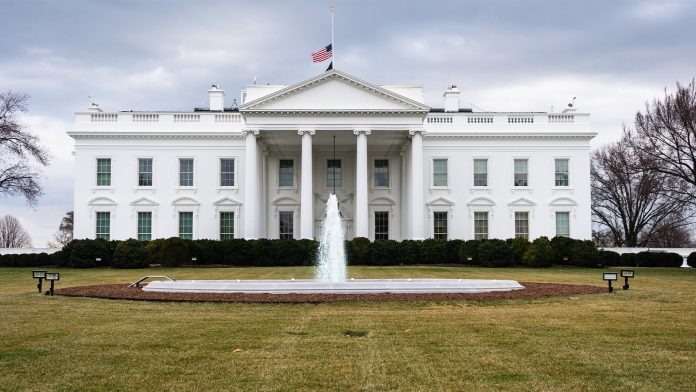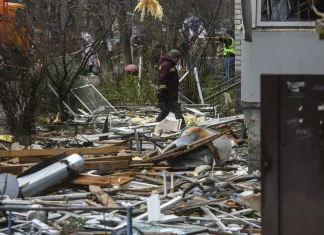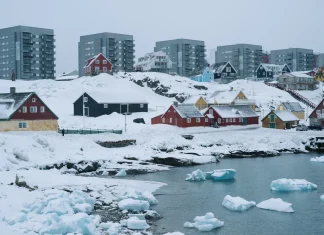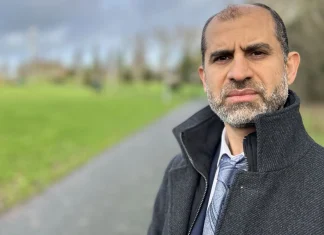White House Embraces TikTok: A New Chapter in Political Communication
In a move that’s as bold as it is telling, the White House has officially planted its flag on TikTok’s bustling digital terrain. Amid swirling debates about national security and the future of social media, this development signals more than just a new platform for presidential announcements—it’s a testament to how political messaging is evolving in the 21st century.
“America, We Are Back!”: The Debut Post That Made Waves
Last evening, the @whitehouse TikTok account flickered to life with a lively 27-second clip and a caption that read, “America we are BACK! What’s up TikTok?” The short video boasted archival footage of former President Donald Trump delivering a potent, simple line: “I am your voice.” It was a declaration that felt both personal and performative.
Within just an hour, the account had already gathered around 4,500 followers—an impressive first step, considering the notoriously fast-paced environment of TikTok where trends and attention span flow at breakneck speed.
Its emergence holds particular intrigue because of the close connection between the platform and the former president. Trump’s own TikTok account still boasts a staggering 110.1 million followers—a number that places it firmly among the world’s most followed social media figures. Yet intriguingly, his last post was made on the U.S. Election Day, November 5, 2024, leaving his account dormant since.
The TikTok Dilemma: Politics Meets National Security
The story of TikTok in America has always been complex. Owned by ByteDance, a Beijing-based tech giant, TikTok’s explosive global popularity—boasting nearly two billion users worldwide—has made it a lightning rod for geopolitical tension. Concerns about the potential for user data to be accessed by the Chinese government nearly pushed TikTok over the edge in the U.S.
Congress passed a law demanding the Chinese-owned platform either sell its U.S. operations to an American company or face a blanket ban on national security grounds. The initial deadline of January 20, 2025—the day before President Biden’s inauguration—loomed as a critical turning point.
Yet, President Trump, a politician whose 2024 campaign heavily leaned on social media, shocked many by putting that ban on hold. Not only has he deferred the deadline by 90 days—from mid-June to September 17—but he has, in fact, reversed his long-standing stance against TikTok. Why? Because TikTok helped him capture the youth vote that traditional media often misses.
As Lana Morales, a digital strategist based in Austin, Texas, put it, “TikTok’s algorithm is magic. It doesn’t just show you videos; it shows you a glimpse of culture, politics, even power. For politicians, it’s a chance to connect with audiences that might never pick up a newspaper or tune into cable news.”
From Traditional to Digital: The Evolution of Political Messaging
Trump’s official presence on other platforms also demonstrates the fractured nature of today’s social media landscape. His account on X (formerly Twitter) commands 108.5 million followers, while his self-owned Truth Social, a platform launched amid his frictions with mainstream media, holds around 10.6 million followers. Meanwhile, the White House maintains a more modest but still significant following of 2.4 million on X and 9.3 million on Instagram.
But the decision to return to TikTok—after extensive national security concerns, political pressures, and legal battles—is noteworthy in the broader narrative of how global politics intersects with culture and technology.
Local Voices, Global Trends: TikTok as a Cultural Phenomenon
Consider the typical TikTok user—predominantly Gen Z and young Millennials—engaged in dance challenges, viral memes, and frequently, politically charged content. TikTok offers an immediacy and intimacy foreign to more traditional communications.
“It’s where young people explore identity and politics simultaneously,” explains Dr. Sanya Gupta, a media studies professor at the University of Chicago. “The White House is tapping into this cultural pulse. It’s a recognition that you can’t lecture young voters with the old methods; you have to meet them where they spend their time, in short-form, vivid storytelling.”
Across the world, this shift is part of a global pattern. From India’s political TikTok influencers to European youth activism channeled through viral clips, social media platforms are shaping new democratic engagements and forms of protest. The inclusion of an iconic U.S. institution like the White House underscores the growing importance of digital literacy and cultural agility among political leaders.
What Does This Mean for the Future of Political Discourse?
As we watch the White House build its TikTok presence, several questions loom large. Will this blend of governance and trendy social media content deepen civic engagement or dilute hard policy discussions into catchy soundbites? Will national security concerns about Chinese ownership intensify or incur new forms of regulation?
“It’s a tightrope walk,” says Elena Martinez, a cybersecurity expert with Insight Policy Group. “There’s undeniable value in embracing new platforms, but you also have to safeguard data sovereignty and protect users. The U.S. government’s handshake with TikTok is not just symbolic; it’s a test of balancing openness with caution.”
For everyday people scrolling through TikTok’s endless feed, political content can sometimes feel like an intrusion or, conversely, a revelation—from satirical takes on the latest news to heartfelt stories of activism and civic responsibility. This platform collapses the distance between the political world and personal experience.
Inviting You Into the Narrative
So, what do you think, dear reader? In a world increasingly shaped by pixels, algorithms, and instant sharing, how should politicians use platforms like TikTok? Should political messaging flow seamlessly with entertainment, or must it remain separate to preserve depth?
Does the White House’s TikTok debut hint at a new era of participatory governance—or a superficial dance towards youth votes? And what about the broader struggles over privacy, information control, and global digital influence?
As you scroll your feed today, keep an eye out for the @whitehouse TikTok account. It’s likely to be more than just another social media presence—it could be a front-row seat to the unfolding story of democracy in a digital age.
Does the future of political communication ultimately lie in 27-second clips and hashtags, or is this just a passing trend? The answer might just be playing on your screen right now.










